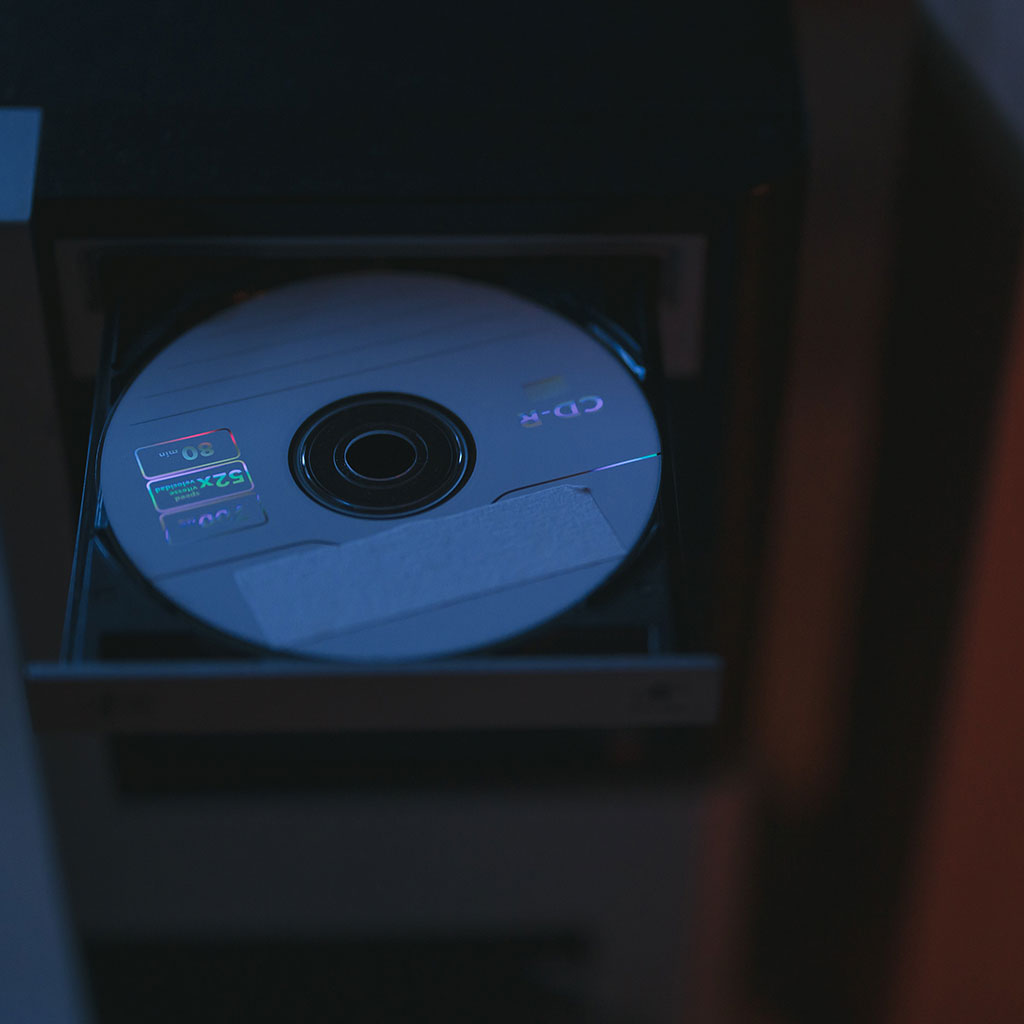Do iMacs have CD drives
Do iMacs have CD drives
In the ever-evolving landscape of technology, the presence of CD drives in computing devices has become a topic of interest. This article delves into whether iMacs, known for their sleek design and powerful performance, still come equipped with CD drives in the face of advancing digital trends.
Are CD drives available on iMacs?
iMacs no longer come with built-in CD/DVD drives. This transition began in 2012 with the release of the iMac Slim model, which featured a significantly thinner profile, prompting the removal of the optical drive to achieve the slim design. Since then, Apple has continued this trend across subsequent iMac models. This shift reflects the broader industry move towards digital distribution and streaming for software, media, and content consumption.
For users who still require optical drives, Apple offers external options that can be connected to the iMac through USB or Thunderbolt ports. These external drives provide the capability to read and write CDs and DVDs, ensuring that users who need this functionality can still access it with the convenience of an external device. Additionally, users can also opt for digital alternatives like streaming services, USB drives, or cloud storage for their software and media needs, aligning with the modern shift towards a more streamlined, digital-centric approach to computing.
Are there new ways to store and transfer data on iMacs without using CD/DVD drives?
Indeed, the absence of CD/DVD drives in modern iMacs has prompted a shift towards alternative methods and technologies for data storage and transfer. One prominent alternative is the increasing reliance on cloud storage services. Platforms like iCloud, Google Drive, Dropbox, and OneDrive offer convenient and secure ways to store and share files. Users can access their data from any device with an internet connection, allowing for seamless collaboration and accessibility. This not only reduces the need for physical media but also provides a more versatile and flexible solution for modern computing needs.
Additionally, USB drives have become a popular choice for data transfer on iMacs. These compact, portable storage devices offer substantial storage capacities and high-speed data transfer rates. USB drives provide a convenient means of transferring files between different devices, making them a versatile tool for both personal and professional use. Moreover, external hard drives and SSDs have gained prominence for users seeking robust, high-capacity storage solutions. These devices offer ample space for backups, media libraries, and large file transfers, providing users with an efficient way to manage their data without the need for optical drives. Overall, these alternative methods and technologies have not only replaced CD/DVD drives but have also ushered in a new era of flexible, digital-centric data management on iMacs.
How has the absence of CD/DVD drives impacted the overall design and profile of modern iMacs?
The removal of built-in DVD drives from modern iMacs has had a significant impact on their design and profile. By eliminating the need for a built-in drive, Apple has been able to create sleeker and more streamlined designs. The absence of a physical drive has allowed for thinner and lighter iMac models, contributing to a more aesthetically pleasing and minimalist look. This design evolution aligns with Apple’s commitment to creating innovative and visually appealing products that blend seamlessly into modern workspaces and living environments. Instead of relying on a built-in disc drive, modern iMacs prioritize connectivity through USB ports, providing users with the flexibility to use external optical drives or other peripherals when needed, without compromising the overall design integrity.
Furthermore, the removal of the built-in DVD drive has enabled Apple to focus on incorporating cutting-edge technologies and features into iMacs. The extra space and weight savings from omitting the physical drive have allowed for advancements in areas such as display technology, processing power, and graphics capabilities. This has led to iMacs with more powerful performance profiles, high-resolution displays, and enhanced processing capabilities, ultimately enhancing the user experience for tasks ranging from creative design work to video editing and beyond. Overall, the elimination of the built-in DVD drive has not only contributed to the iMac’s modern, minimalist aesthetic but also allowed for advancements in key hardware components, resulting in a more powerful and versatile computing experience for users.





You must be logged in to post a comment.